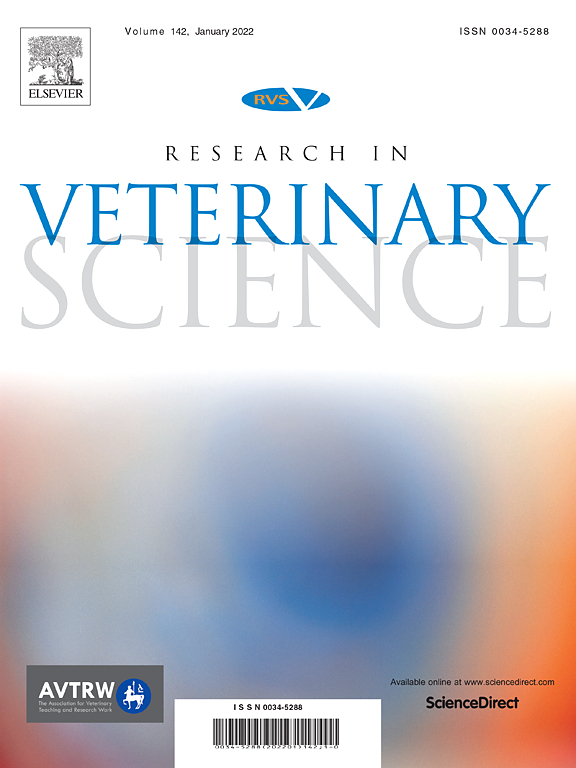Document type : Scientific article available online before publication in Research in Veterinary Science
Authors: Lisa Di Marcantonio, Francesca Marotta, Michele Podaliri Vulpiani, Quixi Sonntag, Luigi Iannetti, Anna Janowicz, Gabriella Di Serafino, Elisabetta Di Giannatale, Giuliano Garofolo
Preview: The present study assessed the modulation of cecal microbiota and correlations with Campylobacter colonization and animal welfare status. For these purposes, we conducted a cross sectional study of the cecal microbiota from 187 broilers reared in 13 batches from 10 poultry farms by performing 16S rRNA sequencing (regions V3-4). The welfare of each batch was assessed using a simplified Welfare Quality® protocol, scoring higher in organic batches, compared to both antibiotic-free and conventional batches. The bioinformatics analyses were conducted in QIIME 2 and a linear discriminant analysis determined the association between microbiota and animals with different Campylobacter carriage status and welfare levels. In the microbiota from the subjects negative for Campylobacter or with high welfare scores, Bacteroidetes was the predominant phylum with the genus Megamonas significantly increased in abundance. A greater abundance of Parabacteroides, Phascolarctobacterium, Helicobacter in poultry negative for Campylobacter was also found at the genus level. Animals with the lowest welfare scores showed an increased abundance of Proteobacteria. The results suggested a different microbial composition and diversity in the analyzed groups.






